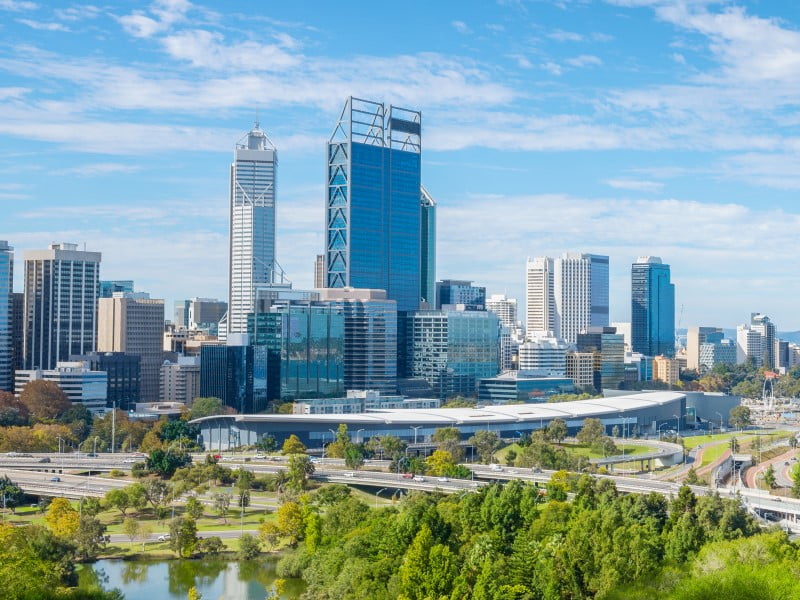Developing an electrolyser manufacturing facility in Western Australia could add $200 million to the state economy through associated services annually, according to a new business case.
The study, undertaken by United Kingdom-based ITM Power and German Linde Engineering, has recommended that an electrolyser stack manufacturing facility, capable of producing 2GW of electrolyser capacity annually, be established at the Latitude 32 industrial zone near Fremantle Port.
If these electrolysers are fully deployed domestically, this would also lead to the creation of a local electrolyser system maintenance sector generating $50 million in revenue each year. Beyond 2030, the value of the maintenance market for new hydrogen plants could be worth $1.5 billion.

The business case also argues that to an electrolyser manufacturing facility is needed to “reduce A$/kW capital costs and regain competitive advantage and market share” against countries with lower green hydrogen production costs, like Chile.
Electrolyser costs represent 30 per cent of the production cost of renewable hydrogen. According to the analysis, Western Australia has almost four times as much as the GW project potential for electrolyser manufacturing than the east coast states.
However, the business case notes there is also a domestic urgency for Western Australia to develop an electrolyser manufacturing capability and retain a cost advantage over other Australian jurisdictions. In Queensland, construction of the warehouse that will house Fortescue’s Green Energy Manufacturing Centre is already complete and is expected to produce 2GW of electrolyser capacity annually when operational, has already completed construction.
ITM estimates it would be able to deliver such a facility, from final investment decision to factory launch, in a 28-month period. It would, however, require installation of a new high-voltage power supply which could have an additional lead time of up to two years.
However, the report also notes that the cost of stack production, which is the core of an electrolyser unit, will be “sub-economic until such time as precious metal supplies [a stack input] are available in the state for local [processing] at a significantly lower cost point than the cost of fully imported stacks”.
There are currently no suppliers of the processed precious metals required to manufacture electrolyser stacks, meaning that “without policy intervention, there is a risk that ITM develops a stack manufacturing facility in South Africa,” the report reads.
While this would likely not affect the firm’s decision to develop an electrolyser manufacturing facility in Western Australia, the state would lose out on the economic benefit of also housing a stack facility.
To support the development of 2GW electrolyser manufacturing facility, the project proponents call on the government to commit to additional support through the introduction of renewable hydrogen targets to drive demand, an initial co-investment of up to $50 million, and ongoing electricity rebates or carbons offsets worth $5 million annually.
A renewable hydrogen mandate on industry was recently agreed in the European Union, while the Western Australian state government has set a target to generate one per cent of its electricity one per from green hydrogen by 2030.
Through its Climate Action Fund, the Western Australian government has earmarked half a million dollars to funding electrolyser manufacturing feasibility studies. There is also $3 million earmarked under the fund to support other renewable hydrogen planning activities.
Overall, the state government says it has committed more than $200 million to support the development of the hydrogen industry. It is also committed to transforming its ‘Western Trade Coast’, from Rockingham to Fremantle, into a Global Advanced Industries Hub focused on renewable hydrogen, critical minerals processing, and ship building and sustainment.
The establishment of electrolyser manufacturing features in the state’s hydrogen strategy, which is currently being refreshed. The consultation closes to submissions on October 16.
The national hydrogen strategy is also being refreshed with the consultation paper flagging that “the potential market for electrolysers in Australia is significant, which could underpin a domestic electrolyser manufacturing sector”.
Australia currently has the largest value of planned hydrogen projects in the world, estimated to be valued between $230 billion and $300 billion.
Do you know more? Contact James Riley via Email.

